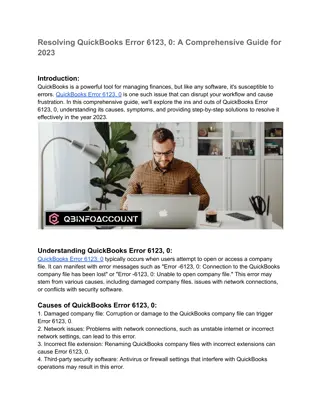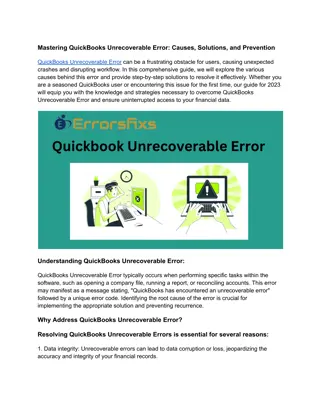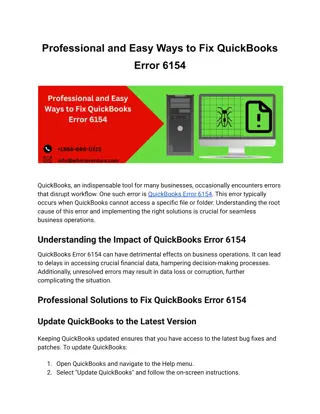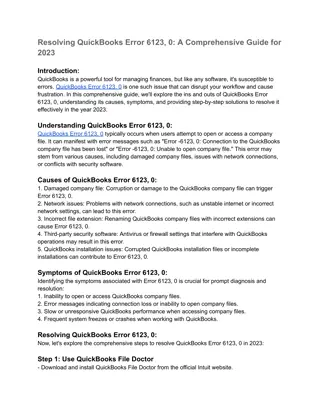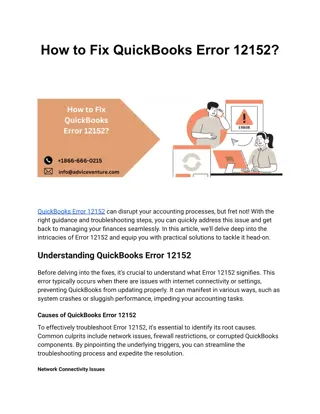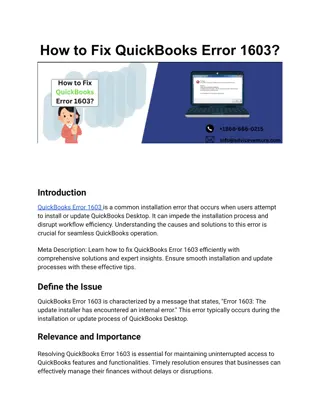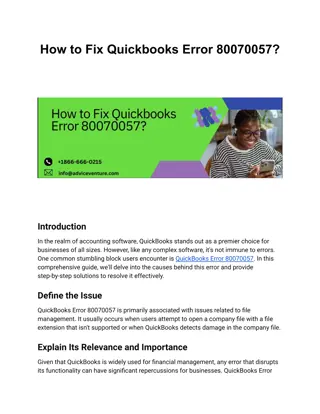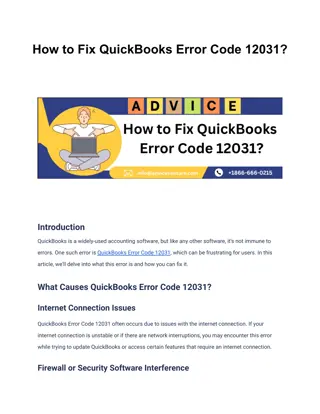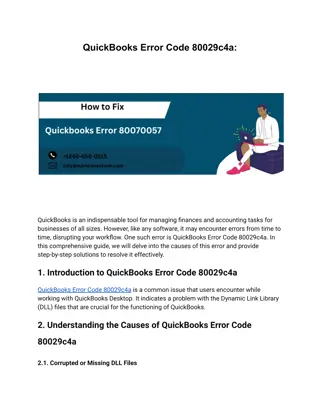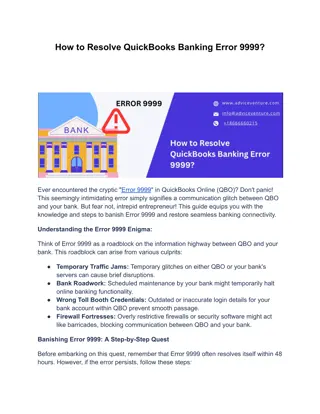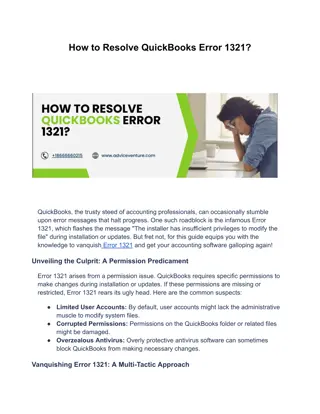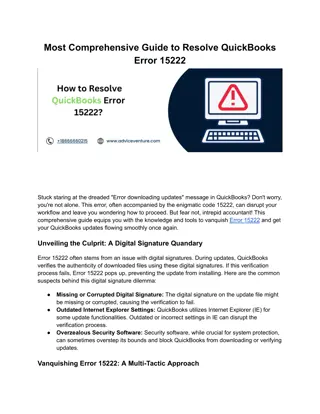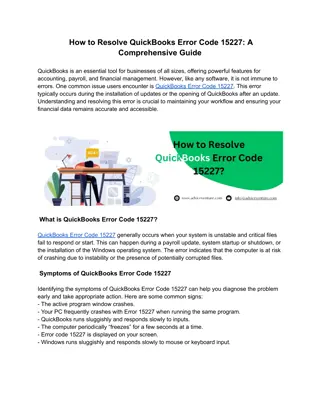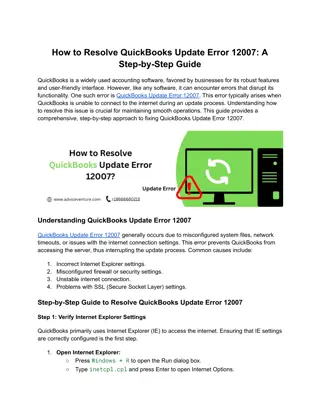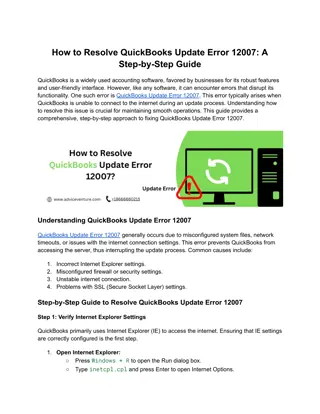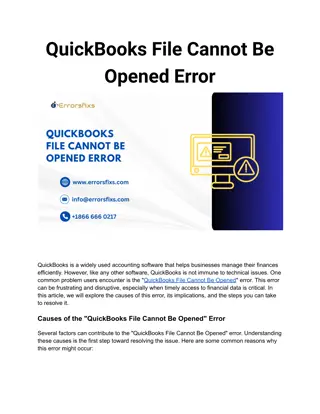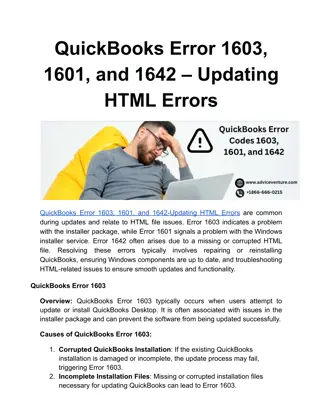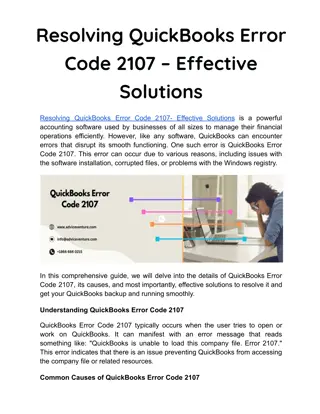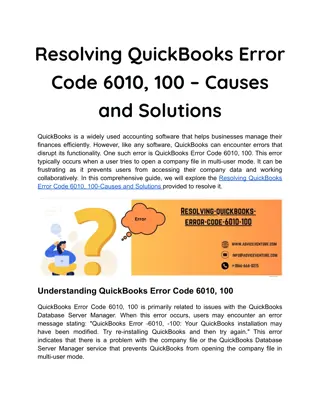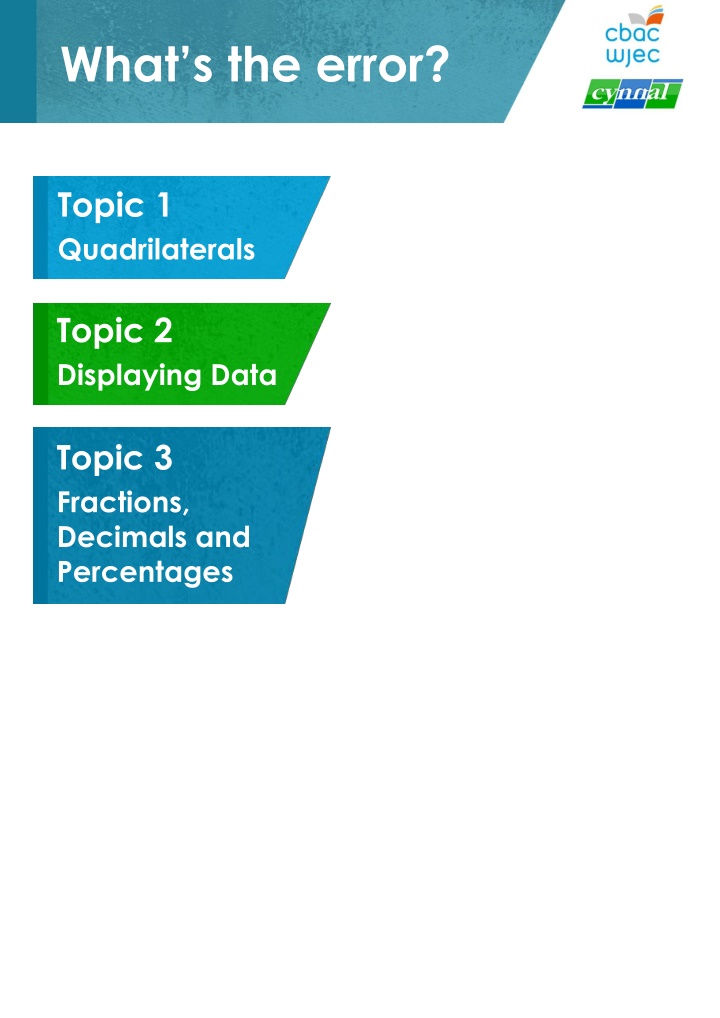
Identifying Errors in Quadrilaterals, Data Display, and Fractions
Discover common mistakes in quadrilaterals, data display techniques, and fractions through a series of questions. Identify mathematical and spelling errors while enhancing your understanding of these topics.
Download Presentation

Please find below an Image/Link to download the presentation.
The content on the website is provided AS IS for your information and personal use only. It may not be sold, licensed, or shared on other websites without obtaining consent from the author. If you encounter any issues during the download, it is possible that the publisher has removed the file from their server.
You are allowed to download the files provided on this website for personal or commercial use, subject to the condition that they are used lawfully. All files are the property of their respective owners.
The content on the website is provided AS IS for your information and personal use only. It may not be sold, licensed, or shared on other websites without obtaining consent from the author.
E N D
Presentation Transcript
Whats the error? Topic 1 Quadrilaterals Topic 2 Displaying Data Topic 3 Fractions, Decimals and Percentages
Whats the error? Topic 1 Quadrilaterals Each of the following sentences contains a mistake. Discover the type of mistake a mathematical error or a spelling error? Tick the box. Mathematical error Spelling error Question 1. A rectangle has four acute angles. 2. A trapezium is an example of a quadlirateral. 3. Every square is a recttangle. 4. The formula for the area of a parallelogram is 1 2 base height. 5. The lengths of the diagonals of a kite are always equal. 6. The sum of the interior angles of any quadrilateral is 180 . 7. A paralelogram has 2 pairs of parallel sides. 8. A square has 2 lines of symmetry. 9. The area of a rectangle with length 6cm and breadth 2m is 12cm . 10. The diagonals of a kite cross at right angles outside the shape.
Whats the error? Topic 2 Displaying Data Each of the following sentences contains a mistake. Discover the type of mistake a mathematical error or a spelling error? Tick the box. Question Mathematical error Spelling error 1. A frequency diagram is a type of pie chart. 2. A key must be included when drawing any pictagram. 3. Usually, the vertical axis is the ? axis. 4. The scatter diagram above shows negative correlation. 5. In a bar chart for qualitative data, there must be gaps beetween the bars. 6. When drawing a pie chart, it is important to remember that the sum of the angles in the centre of the circle is 180 . 7. When drawing any histogram, the formula for finding the frequency density is: Frequency Density = Class Width Frequency. 8. The word cumulative (as seen in Cumulative Frequency Diagram ) refers to a type of multiplication. 9. It is important to rememmber to add a title to any chart or diagram. 10. When drawing any chart or diagram, you must always use the same scale (e.g. 1 big square of graph paper = 10 units) on the horizontal and vertical axes.
Whats the error? Topic 3 Fractions, Decimals & Percentages Each of the following sentences contains a mistake. Discover the type of mistake a mathematical error or a spelling error? Tick the box. Mathematical error Spelling error Question 1. As a decimal, 46% is equal to 4.6. 2. In any fraction, the denominator is the number at the top of the fraction and the numerator is the number at the bottom of the fraction. 3. To multiply two fractions, we need to multiply the numerators and multiply the denominators, then simplify if posible. 4. To add two fractions, we need to add the numerators and add the denominators, then simplify if possible. 5. Three quarters of an hour is equal to 0.45 hours. 6. The fraction 4 decimal 0.4. 5 is equal to the 7. 20 out of 25 in an exam gives the percentage 75%. 8. The mixed number 43 to the top-heavy fraction 23 5 is equivelent 5. 9. When adding seven hundredths to eight thousandths we get the answer 0.78. 9 10. The numbers 46% , are written in ascending order. 20 , 0.43

